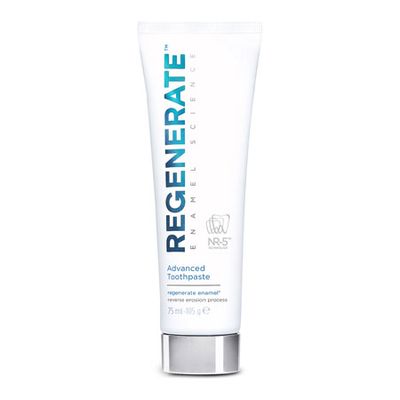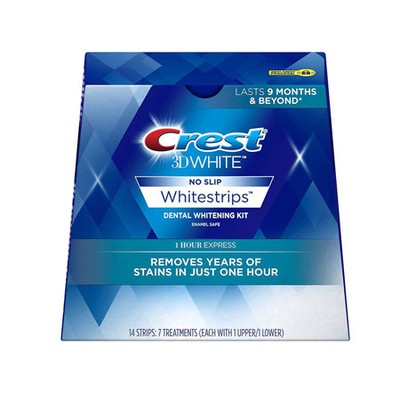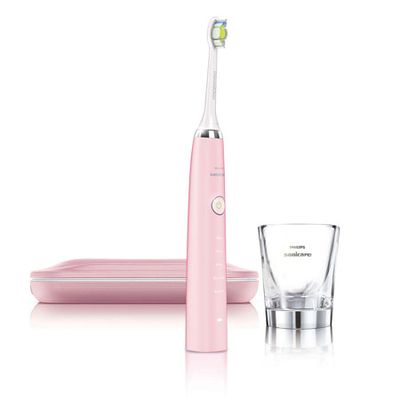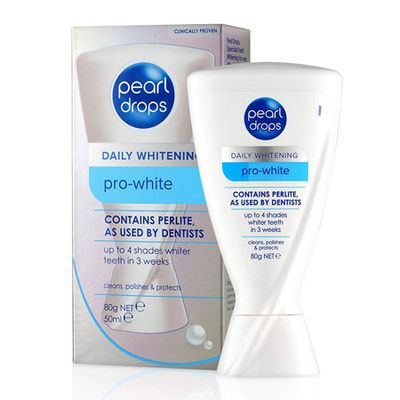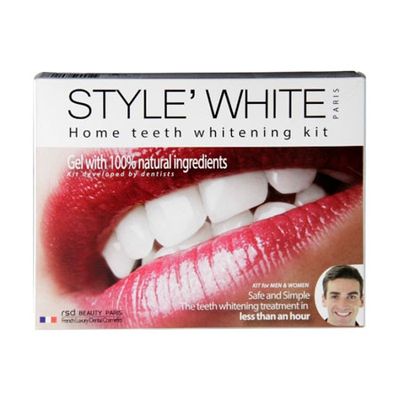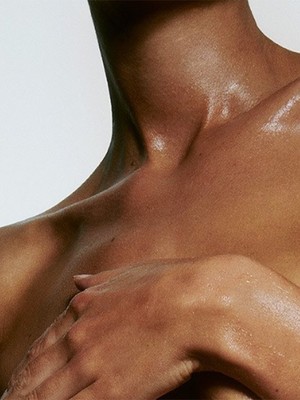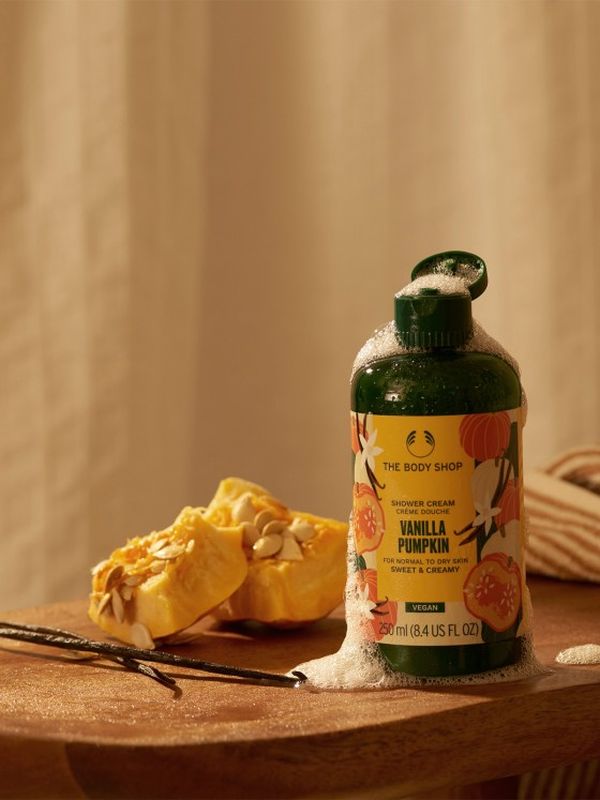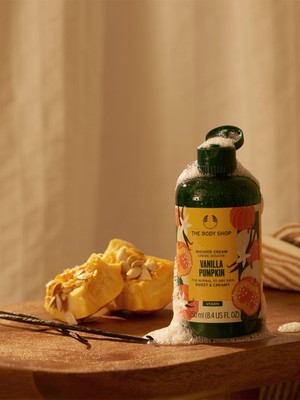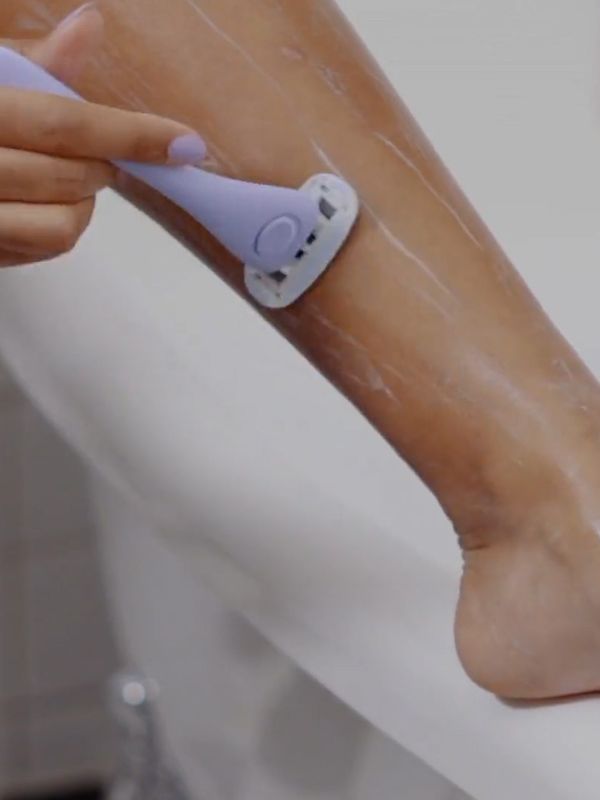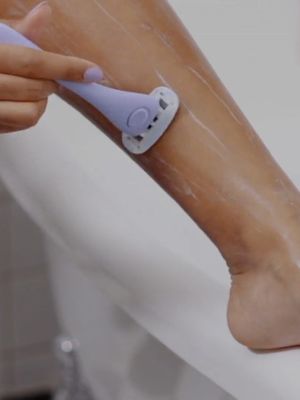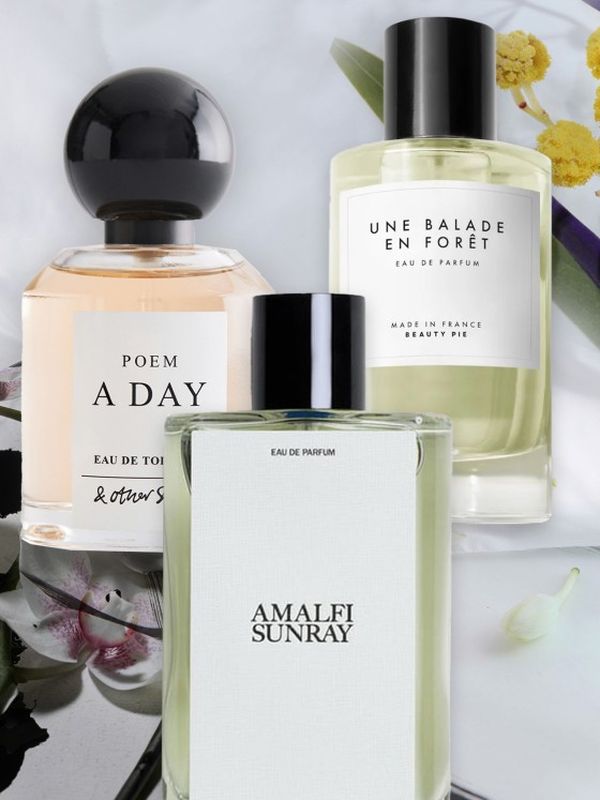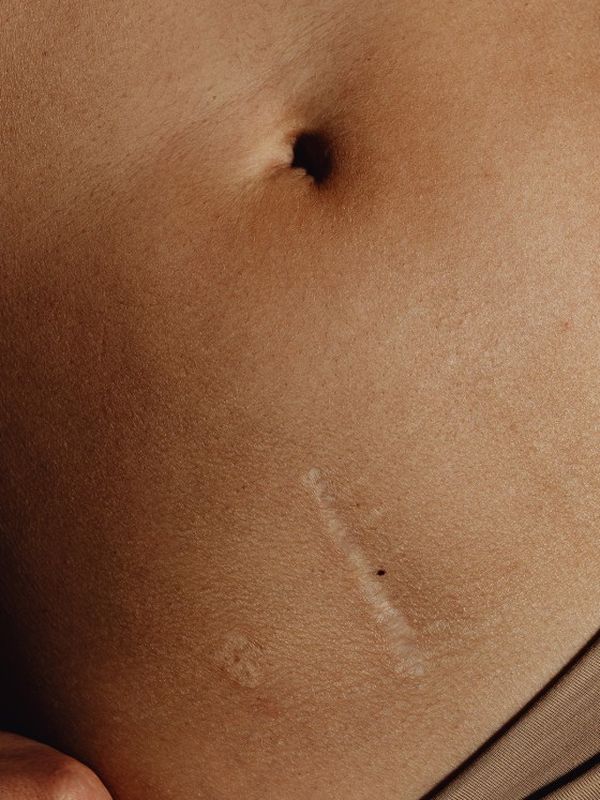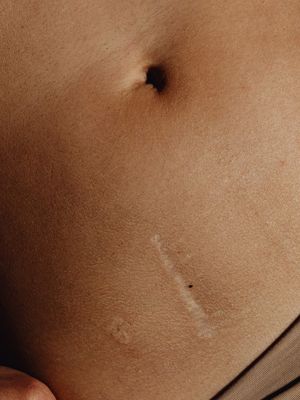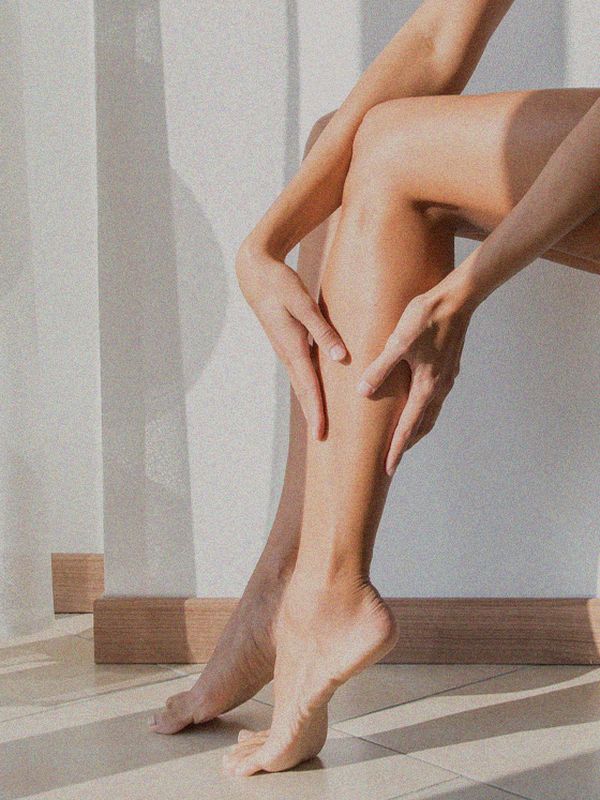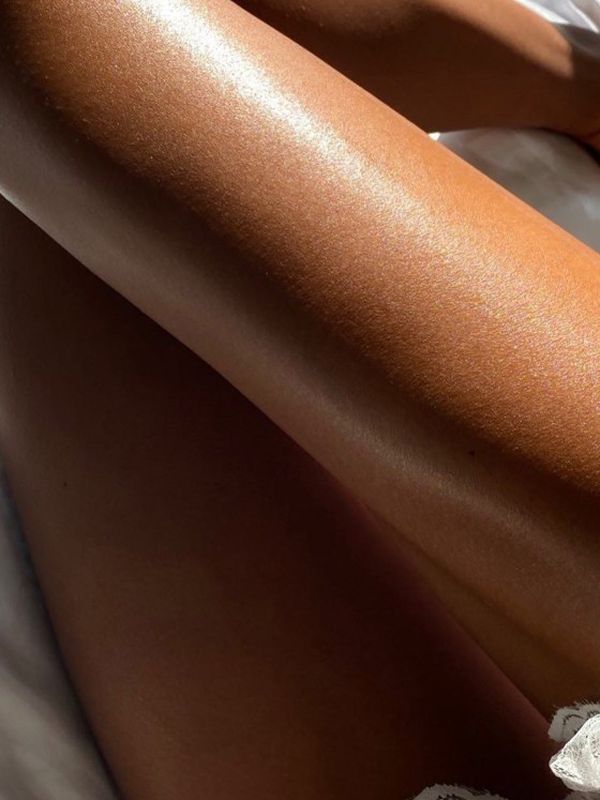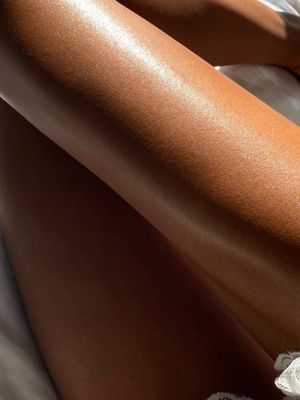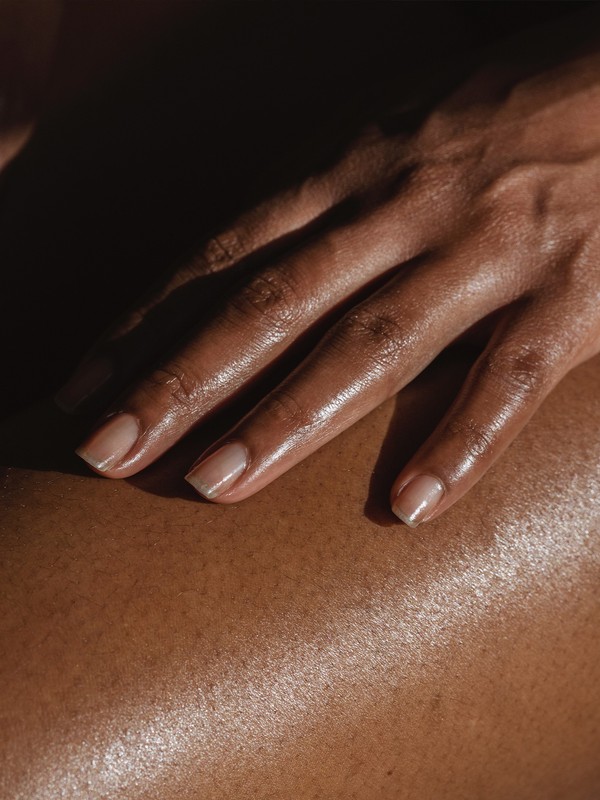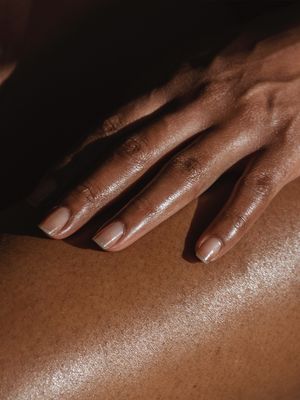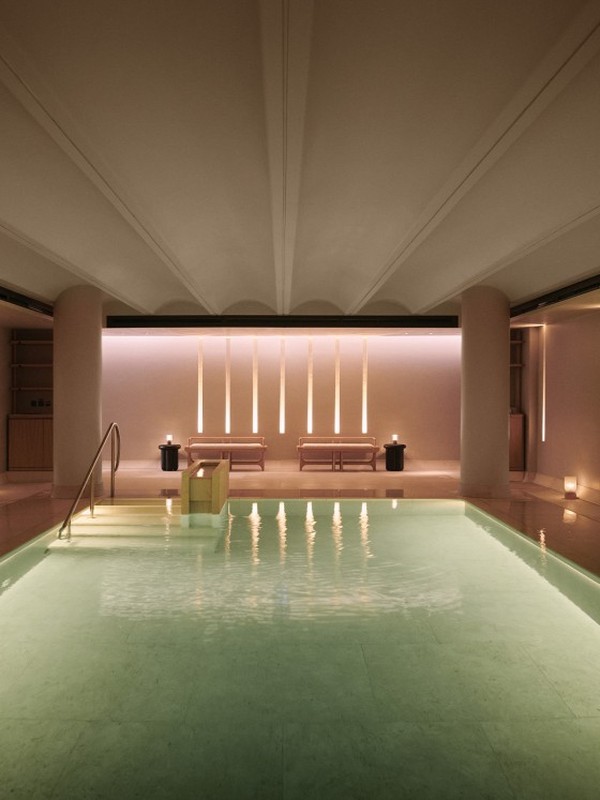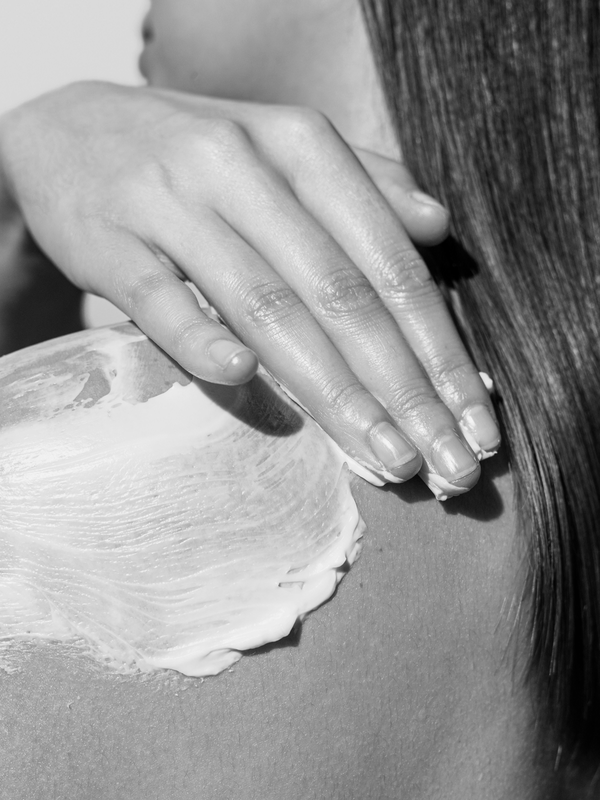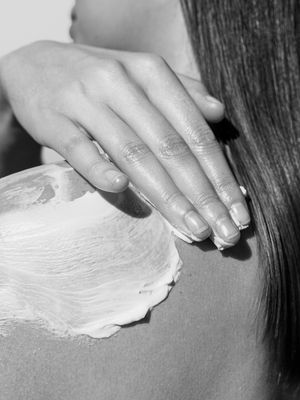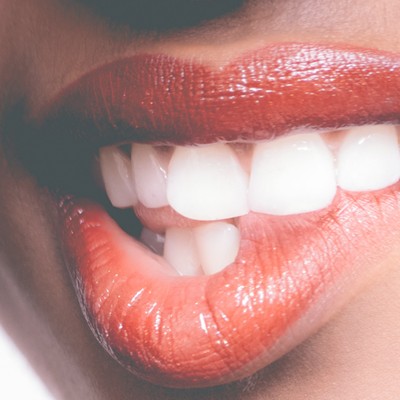
Tips & Tricks For A Brighter Smile
For those on a budget, what’s the most affordable and effective way to whiten teeth?
Whitening strips are my personal favourite. I recommend trying the ones from Whitewash. They are professional strength and approximately £60-£70. At face value, that may sound a lot, but I can assure you they work better than anything else you can buy in retail. To put it in perspective, you can achieve a 4.2 average shade change in just two weeks of using them – and that’s one hell of a difference.
Once you’ve had whitening done, what aftercare is necessary?
It’s worth noting that there’s no one size fits all when it comes to keeping up the results – it depends on the person’s lifestyle, age and condition of the teeth. That being said, there are a few things you can do in order to maintain the bright results. Firstly, it’s important to have regular dental and hygienist appointments to keep everything in check. You should also avoid foods that stain, like coffee, red wine or curry when possible as this can instantly dull the effects of your treatment. My other top tip is to invest in an electric toothbrush. I can’t stress enough how key these are in supporting your dental hygiene. You’ll notice a real difference using one.
We’re taught to eat foods with all the colours of the rainbow, but could this affect results?
In short, yes! Anything with heavy colouring in food will unfortunately result in deeper staining, which in turn, needs more whitening to counteract any darkening. As I said though, the effects of the stains will vary from person-to-person depending on a variety of lifestyle factors.
Does whitening really work every time?
Definitely. Tooth whitening is a fantastic system and will work well if the product used is registered FDA approved and licensed. It also must be delivered to you via professional means (a dentist or dental hygienist). As well, if using whitening trays, the effects will be better if they are made bespoke to you with a perfect fit. This will result in the application of the gel being more evenly distributed. Plus, when fitted properly, your dentist can advise you correctly on how to use them based on your specific needs.
How soon after treatment will you see results?
Honestly, you’ll notice a brightening difference within just a few days. But generally, with DIY trays you’ll see an enhancement of 8 –10 shades up in just two weeks, whereas with in-office, you’ll see this shade change in 45 minutes.
What are the key teeth whitening options on offer that you’d recommend?
There are two main types of professional tooth whitening I swear by: at-home bleaching trays or in-house whitening. You can have each done separately or for the ultimate bleaching package together as a combination. The take home gels are very easy to use, and it all begins with moulds of your teeth being taken to design the trays. You’ll then fill these trays carefully with whitening gel and wear them for a set number of hours (advised by your dentist) for approx. two-three weeks to get the desired effect. As for in-office treatment, this is done using LED light and is roughly a 45-minute procedure with 6% Hydrogen Peroxide Gel - the maximum legal strength a dentist can sell and use. Retail (DIY ones) are only allowed to contact 0.1 and are therefore much weaker.
If you have discolouration or marks on the teeth, will the results still be even?
It is always best to have a consultation with your dentist to check your suitability for whitening. The causes of the discolouration will determine whether whitening or not will be effective for you personally.
Do whitening toothpastes work as well as whitening kits?
Whitening toothpastes won’t whiten your teeth the same way peroxide will. They will work to remove the surface staining which will result in a brighter looking smile but will not change the actual shade of the teeth. Some whitening toothpaste are very abrasive so avoid ones with charcoal as this can be damaging to the enamel.
Finally, does whitening hurt? If so, how can you prevent pain or sensitivity?
Although tooth sensitivity with whitening is very common, it’s usually only for a short while, typically lasting 24 – 48 hours. Years ago, most teeth whitening products contained very harsh ingredients that were found to damage teeth and cause extreme sensitivity, but nowadays most whitening products contain higher percentages of potassium which alleviates the discomfort. If you’re struggling with sensitivity, use a sensitive specific toothpaste and brush for several weeks before the whitening process begins. Also, avoid food that’s cold in temperature and always brush your teeth before, not after whitening to prevent any sharp pains.
For more information on Dr Krystyna or to book an appointment visit DrKrystna.com
DISCLAIMER: We endeavour to always credit the correct original source of every image we use. If you think a credit may be incorrect, please contact us at info@sheerluxe.com.
